Industry
Gijón, as other coastal towns in Asturias, had developed a boat carpentry activity until the end of the 19th century. Since 1887, when the first dry dock was built (the Gijón dike, promoted by the Cifuentes, Stoldtz y Cía. company), the situation changed.
From then on, the metallurgical and machinery construction firms were responsible for taking on the task of repairing and building ships. They were led by Riera y Cía., being followed by Cantábrico, Constructora Gijonesa and Sociedad Española de Construcciones Metálicas.
The definitive boost for the Gijón shipyards began in the 1940s, in a self-sufficient situation, together with a series of public support measures by means of loans: The 1941 Crédito Naval law, the 1951 Protección de la Construcción Naval law, the 1956 Protección y Renovación de la Flota Mercante law, and also the two socio-economic development plans (Planes de Desarrollo Económico y Social) of 1964 and 1968. Because of the boost that the naval industry experienced at that time, there was an extension of the infrastructures and a modernization of the facilities. As a result, a powerful industrial network extended along the west coast, between the old local seaport and El Musel. This area was presided by the companies Astilleros del Cantábrico, Astilleros G. Riera, Astilleros de Ojeda, Juliana Constructora Gijonesa, Astillero de la Sociedad Metalúrgica Duro Felguera and Marítima del Musel, S. A.
The shipyards went through a prosperity period which ended in the 1980s due to the crisis in the sector, initiating a fading process of closure which, beyond its serious socio-economic consequences, has led to the loss of its remains. Naval Gijón, the last one to be closed down, had most of its installations dismantled and now serves as an occasional venue for cultural and leisure activities.
The outcome of this whole process has been the unavenged destruction of the testimonies of a booming shipbuilding industry which, paradoxically, has been replaced by a housing stock where modern and expensive buildings recreate the appearance of ships.

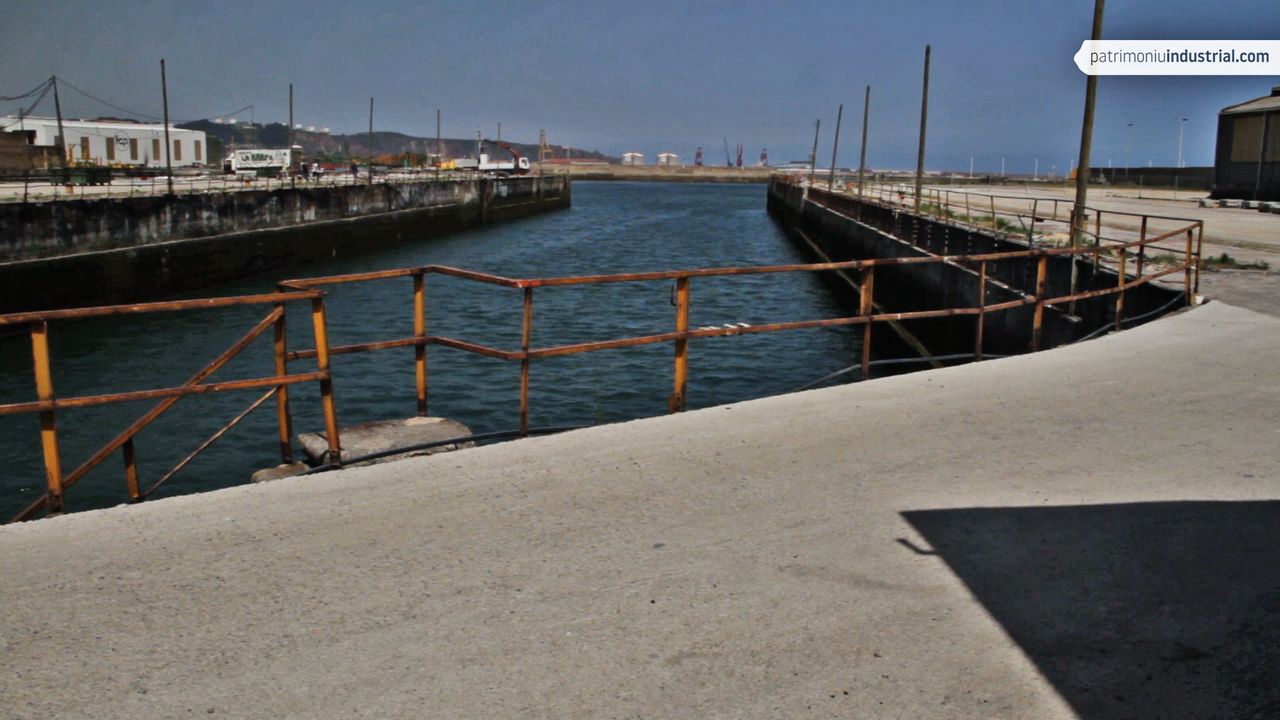
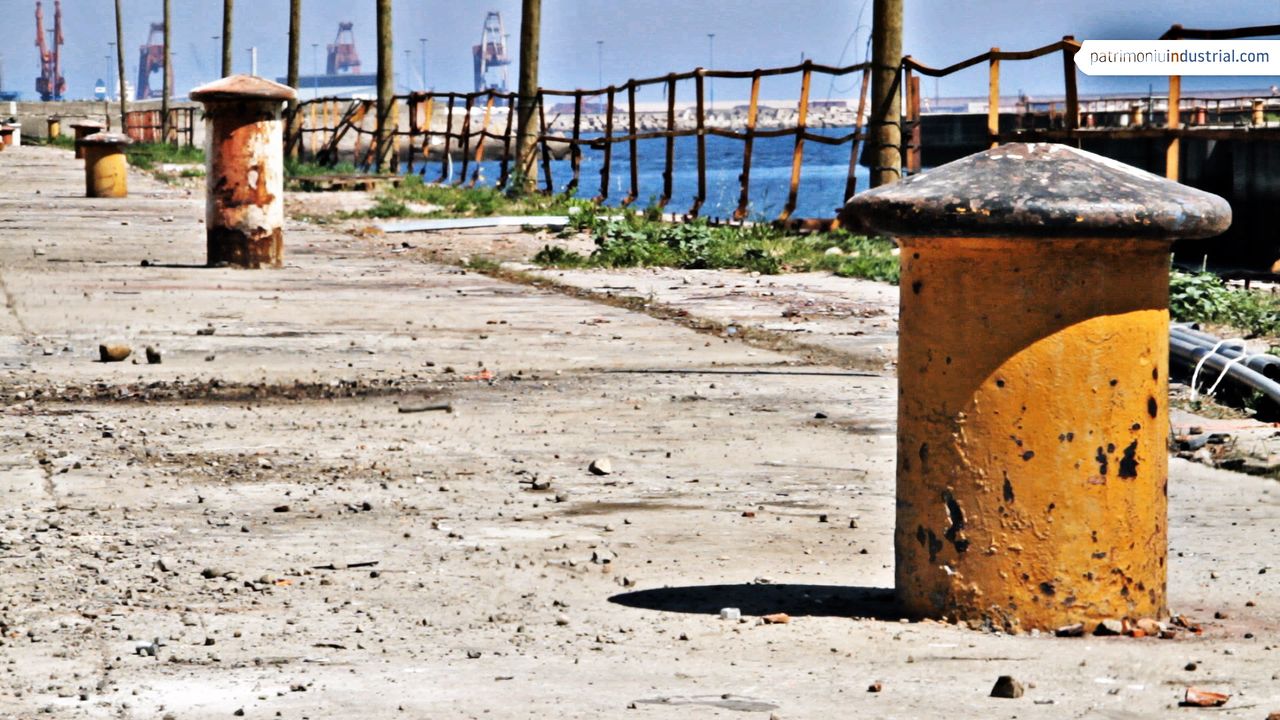
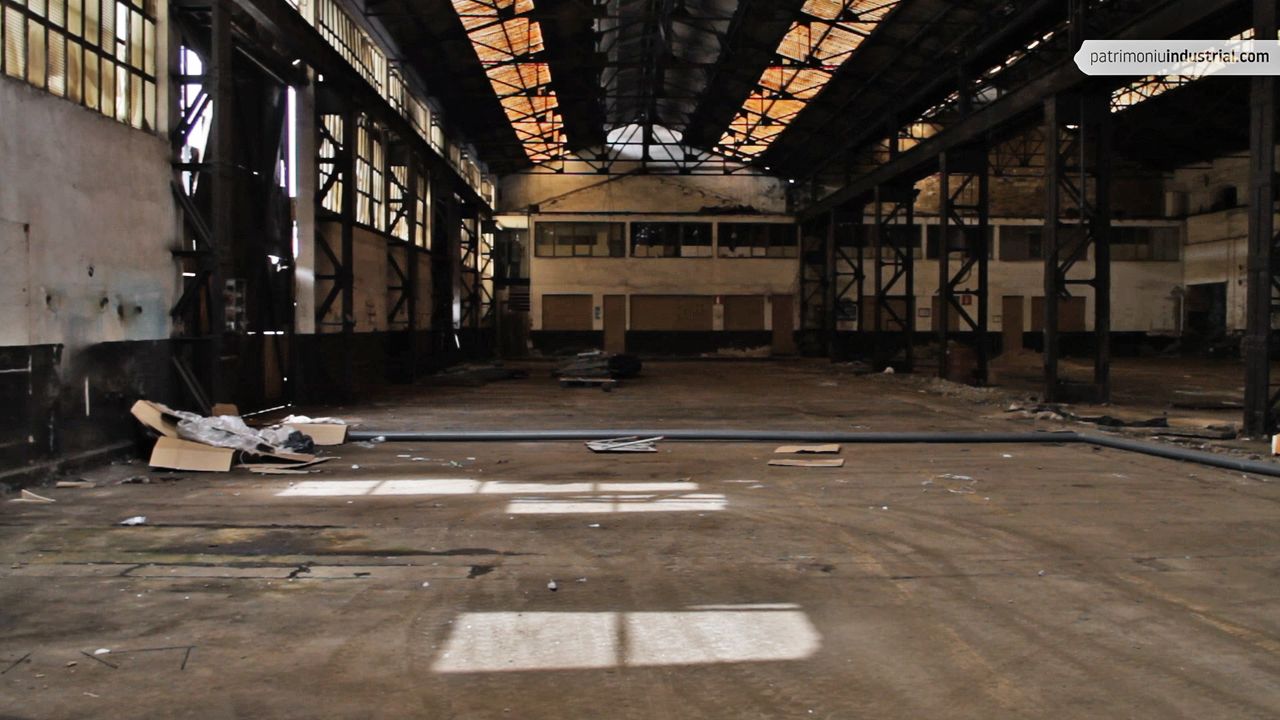

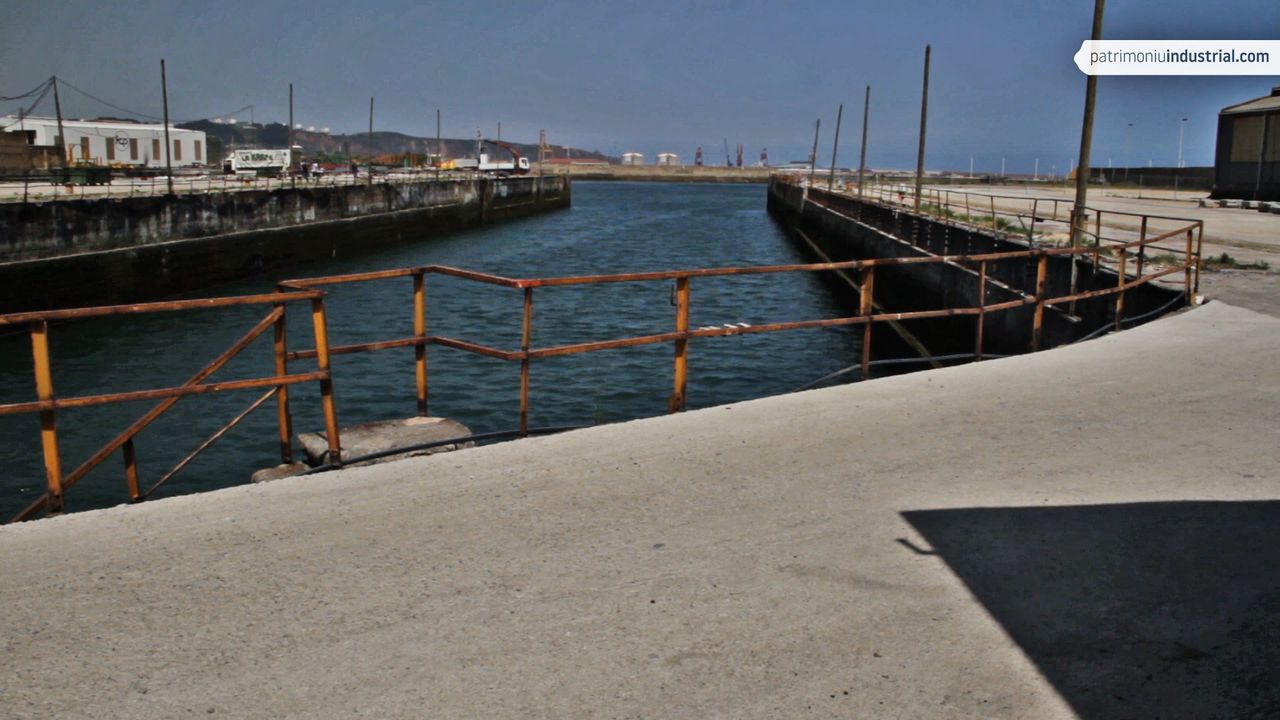
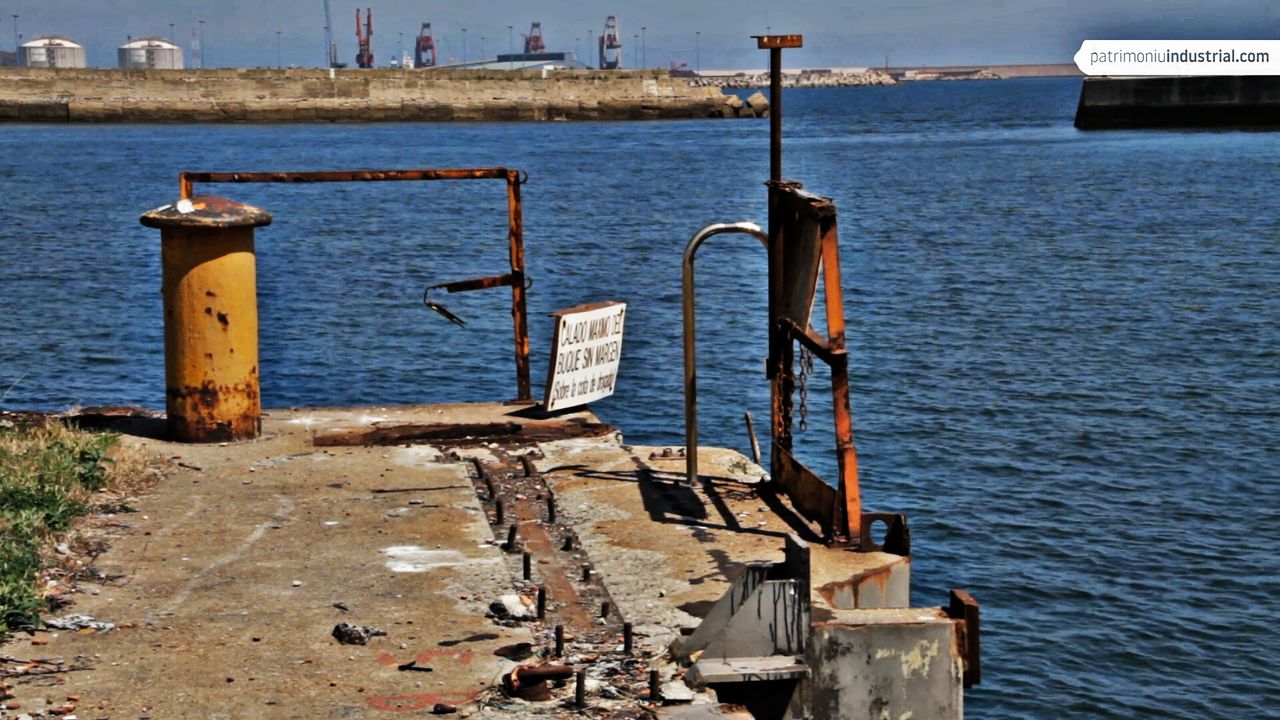
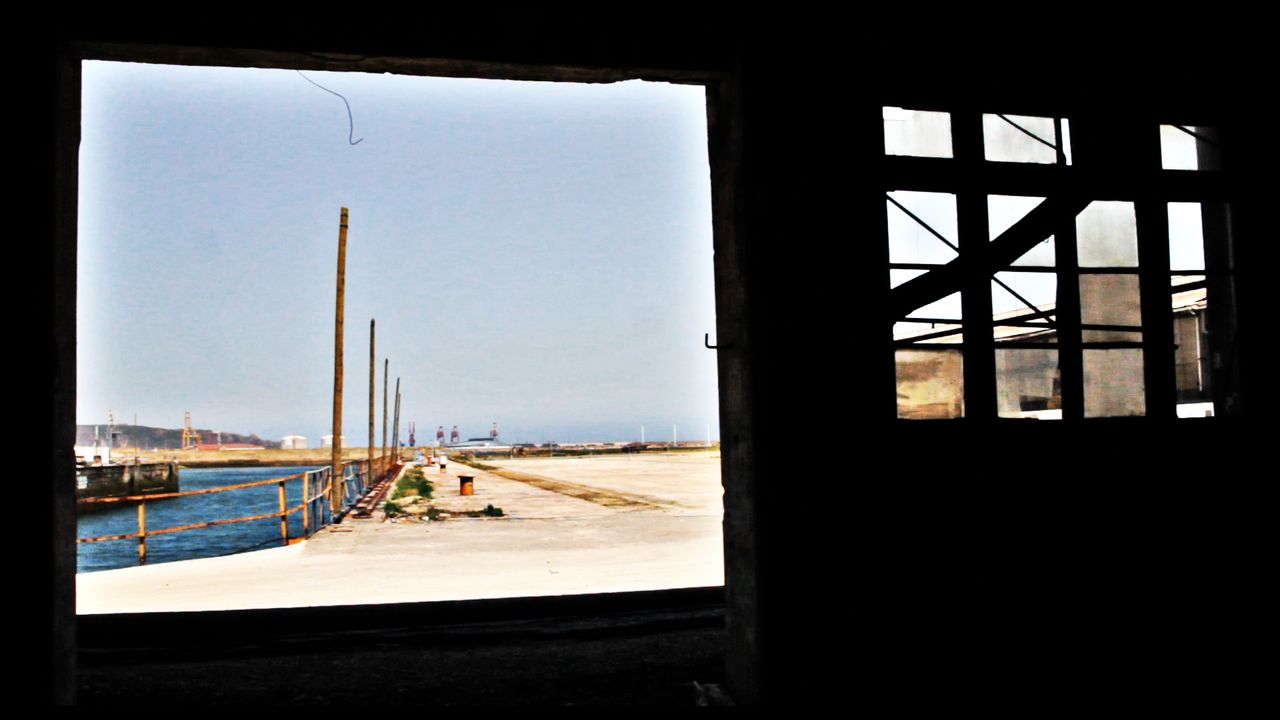
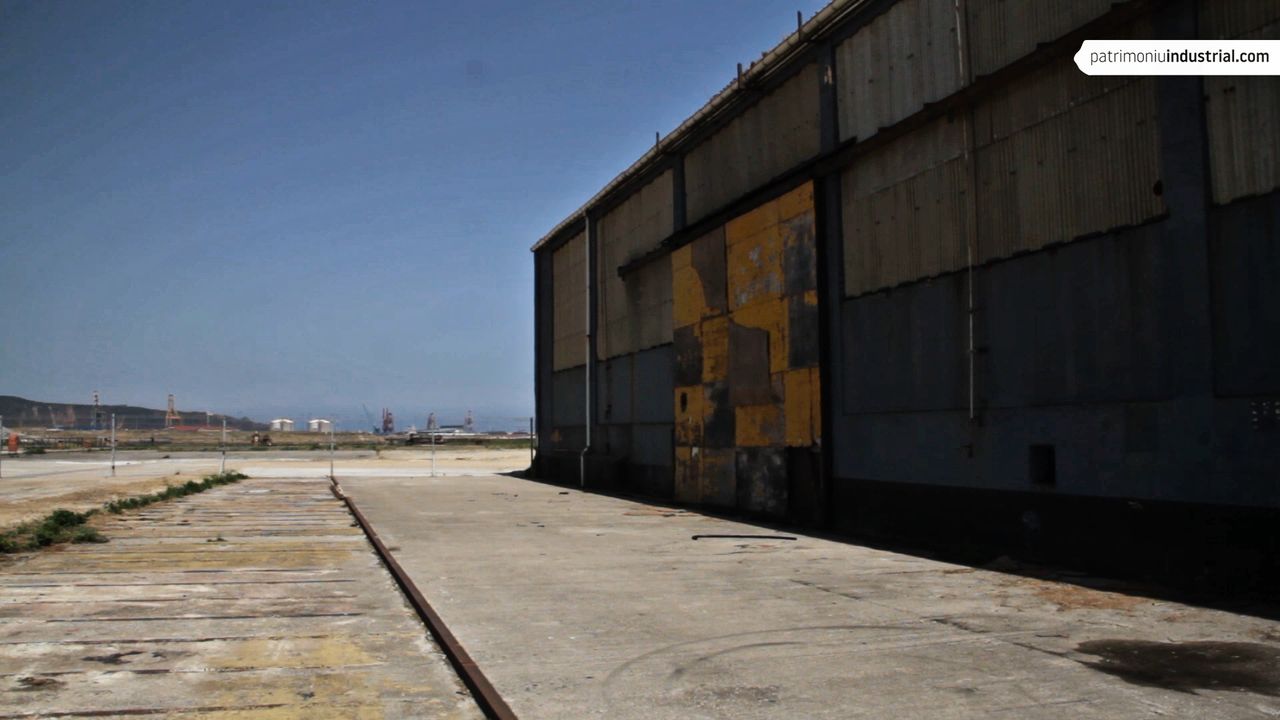
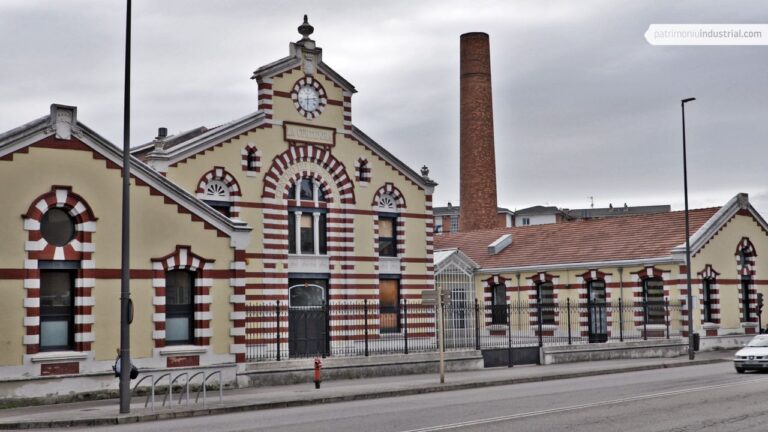

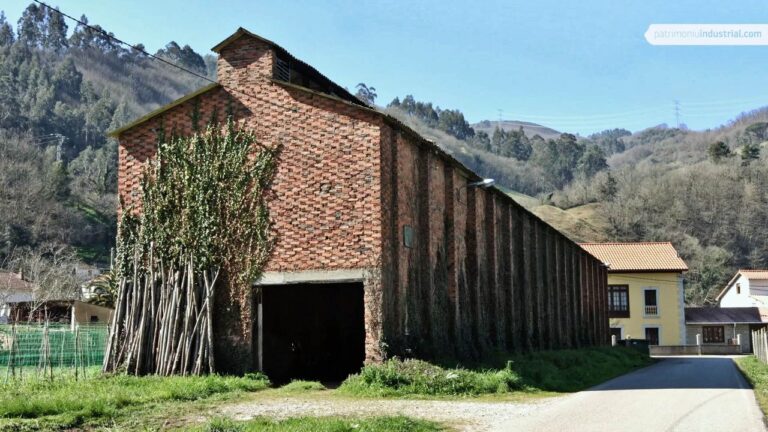

Recent Comments